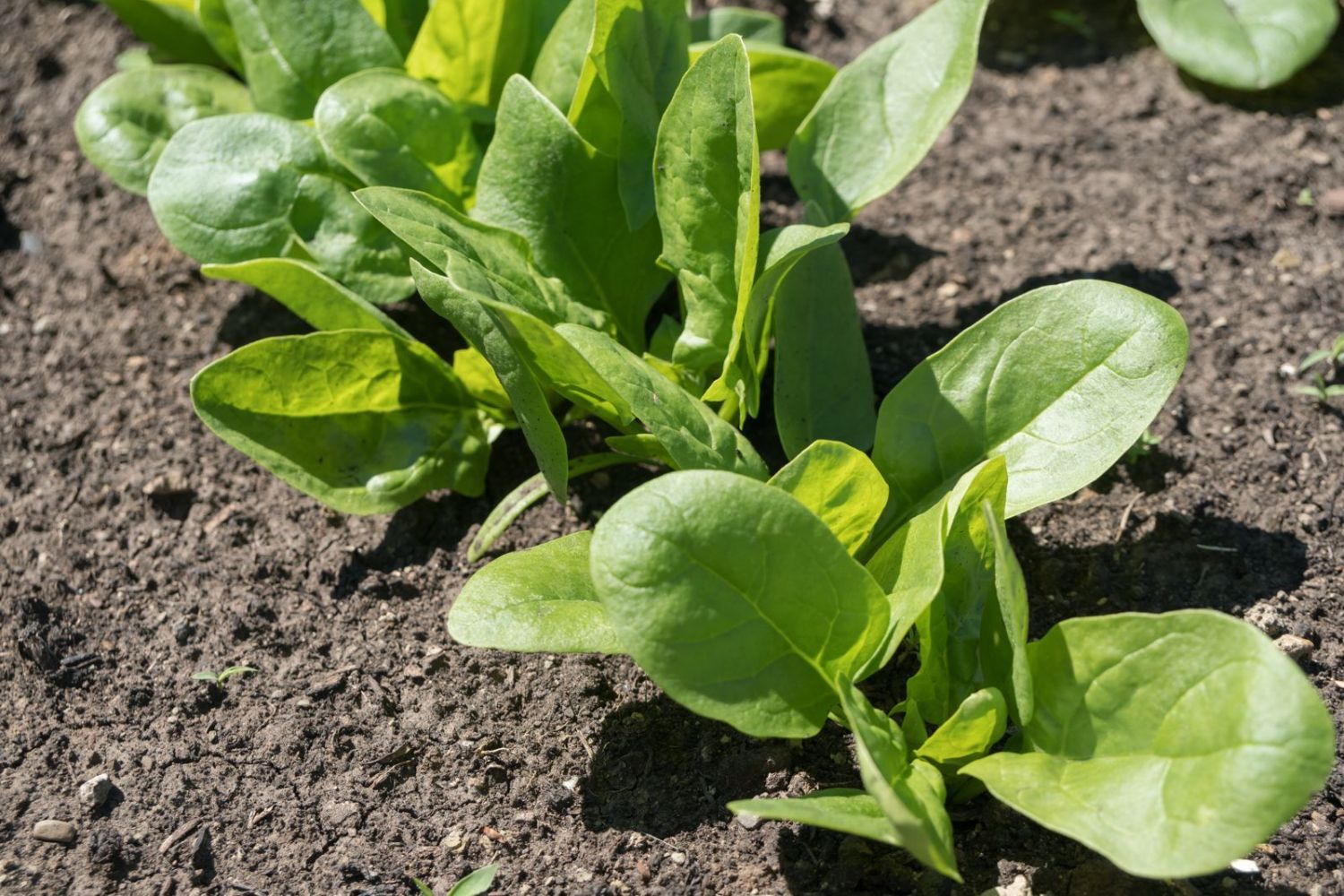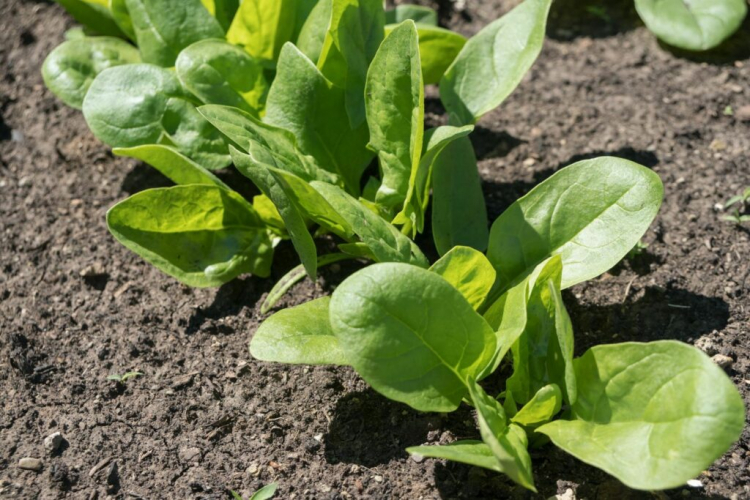Unlocking the Secrets of Spinach Gardening
Spinach, a nutrient-dense superfood, is a popular choice among health enthusiasts and gardeners alike. Rich in iron, calcium, and vitamins, spinach is an excellent addition to a balanced diet. Moreover, spinach is incredibly versatile, making it a great ingredient for salads, smoothies, sautés, and more. But what makes spinach even more appealing is its ease of growth. Is spinach easy to grow? Absolutely With minimal maintenance and care, spinach can thrive in a variety of environments, making it an ideal crop for beginners and experienced gardeners alike. In this comprehensive guide, we’ll delve into the world of spinach gardening, exploring the benefits, varieties, and tips for growing this nutritious leafy green.
How to Choose the Right Spinach Variety for Your Garden
With numerous spinach varieties available, selecting the right one for your garden can be a daunting task. However, understanding the different types of spinach can help you make an informed decision. Baby spinach, smooth-leaf spinach, and savoy spinach are three popular varieties, each with its unique characteristics and uses. Baby spinach, for instance, is ideal for salads and has a milder flavor, while smooth-leaf spinach is better suited for cooking and has a more delicate texture. Savoy spinach, on the other hand, has a crinkled leaf and is perfect for sautés and soups. When choosing a variety, consider your climate, soil type, and desired use. For example, if you live in a hot and dry climate, look for heat-tolerant varieties. If you’re new to growing spinach, consider starting with a smooth-leaf variety, as it’s relatively easy to grow and maintain. By selecting the right variety, you’ll be well on your way to growing delicious and nutritious spinach.
Preparing the Perfect Soil for Spinach Growth
Soil quality plays a crucial role in spinach growth, and preparing the perfect soil can make all the difference in the success of your spinach garden. Spinach prefers well-draining, fertile soil with a pH between 6.0 and 7.0. To achieve this, test your soil to determine its pH level and nutrient content. Based on the results, add organic matter such as compost or manure to improve soil fertility and structure. Additionally, spinach requires adequate nitrogen, phosphorus, and potassium, so consider adding a balanced fertilizer to your soil preparation routine. Is spinach easy to grow? With the right soil preparation, it certainly is. By taking the time to prepare your soil, you’ll be rewarded with a bountiful harvest of delicious and nutritious spinach.
Mastering the Art of Sowing Spinach Seeds
Sowing spinach seeds is a straightforward process that requires attention to detail to ensure optimal germination and growth. To start, choose a location with full sun to partial shade and well-draining soil. Spinach seeds should be sown 1/8 inch deep and 2-3 inches apart, in rows that are 12-18 inches apart. Water the soil gently but thoroughly after sowing, and keep the soil consistently moist during the germination period. Is spinach easy to grow? With proper sowing techniques, it certainly is. By following these simple steps, you’ll be on your way to growing a bountiful crop of delicious and nutritious spinach. Additionally, consider sowing spinach seeds in succession every 1-2 weeks to ensure a continuous harvest throughout the growing season.
Nurturing Your Spinach Plants: Tips for Optimal Growth
To ensure optimal growth and maximize yields, spinach plants require careful attention to their needs. One of the most critical factors is light: spinach plants need at least 4-6 hours of direct sunlight per day. Watering is also crucial, as spinach plants prefer consistently moist soil. However, be careful not to overwater, as this can lead to root rot and other problems. In terms of nutrients, spinach plants are heavy feeders and benefit from regular fertilization. A balanced fertilizer applied every 1-2 weeks will provide the necessary nutrients for healthy growth. Is spinach easy to grow? With proper care and attention, it certainly is. Additionally, keep an eye out for common pests and diseases, such as aphids, slugs, and powdery mildew, and take action promptly to prevent infestations. By following these simple tips, you’ll be enjoying a bountiful harvest of delicious and nutritious spinach in no time.
Common Challenges and Solutions for Spinach Gardeners
Despite its ease of growth, spinach can be susceptible to certain challenges. One common issue is bolting, where the plant prematurely goes to seed. This can be prevented by providing consistent moisture, avoiding extreme temperatures, and harvesting leaves regularly. Another problem is pests, such as aphids, slugs, and snails, which can be controlled using organic methods like neem oil, copper tape, and hand-picking. Diseases like powdery mildew and leaf spot can be prevented by maintaining good air circulation, watering carefully, and removing infected leaves. Is spinach easy to grow? While it may require some troubleshooting, the rewards are well worth the effort. By being aware of these potential challenges and taking proactive steps, spinach gardeners can enjoy a bountiful and healthy harvest. Additionally, consider using row covers, crop rotation, and companion planting to further minimize the risk of pests and diseases.
Harvesting and Enjoying Your Homegrown Spinach
Once your spinach plants have reached maturity, it’s time to start harvesting. The key is to pick the leaves at the right time, as over-maturity can lead to bitterness. For baby spinach, harvest individual leaves as soon as they reach 2-3 inches in size. For larger varieties, harvest the entire plant by cutting it off just above the soil line. To store fresh spinach, rinse the leaves with cold water, dry them thoroughly, and store them in a sealed container in the refrigerator. Spinach is a versatile ingredient that can be used in a variety of dishes, from salads and smoothies to sautés and soups. Is spinach easy to grow? With its quick growth rate and ease of harvesting, it’s no wonder why spinach is a favorite among gardeners. To extend the harvest season, consider planting multiple batches of spinach at 2-3 week intervals, and using cold frames or hoop houses to protect the plants from frost.
Conclusion: Spinach Gardening Made Easy
In conclusion, growing spinach can be a rewarding and effortless experience for gardeners of all levels. With its adaptability to different climates and soil types, spinach is an ideal crop for beginners and experienced gardeners alike. By following the tips and guidelines outlined in this article, anyone can successfully cultivate delicious and nutritious spinach. Is spinach easy to grow? Absolutely With its fast growth rate, low maintenance requirements, and versatility in cooking, spinach is a must-have crop for any garden. So why not give it a try? With a little patience and practice, you’ll be enjoying fresh, homegrown spinach in no time. Happy gardening!








